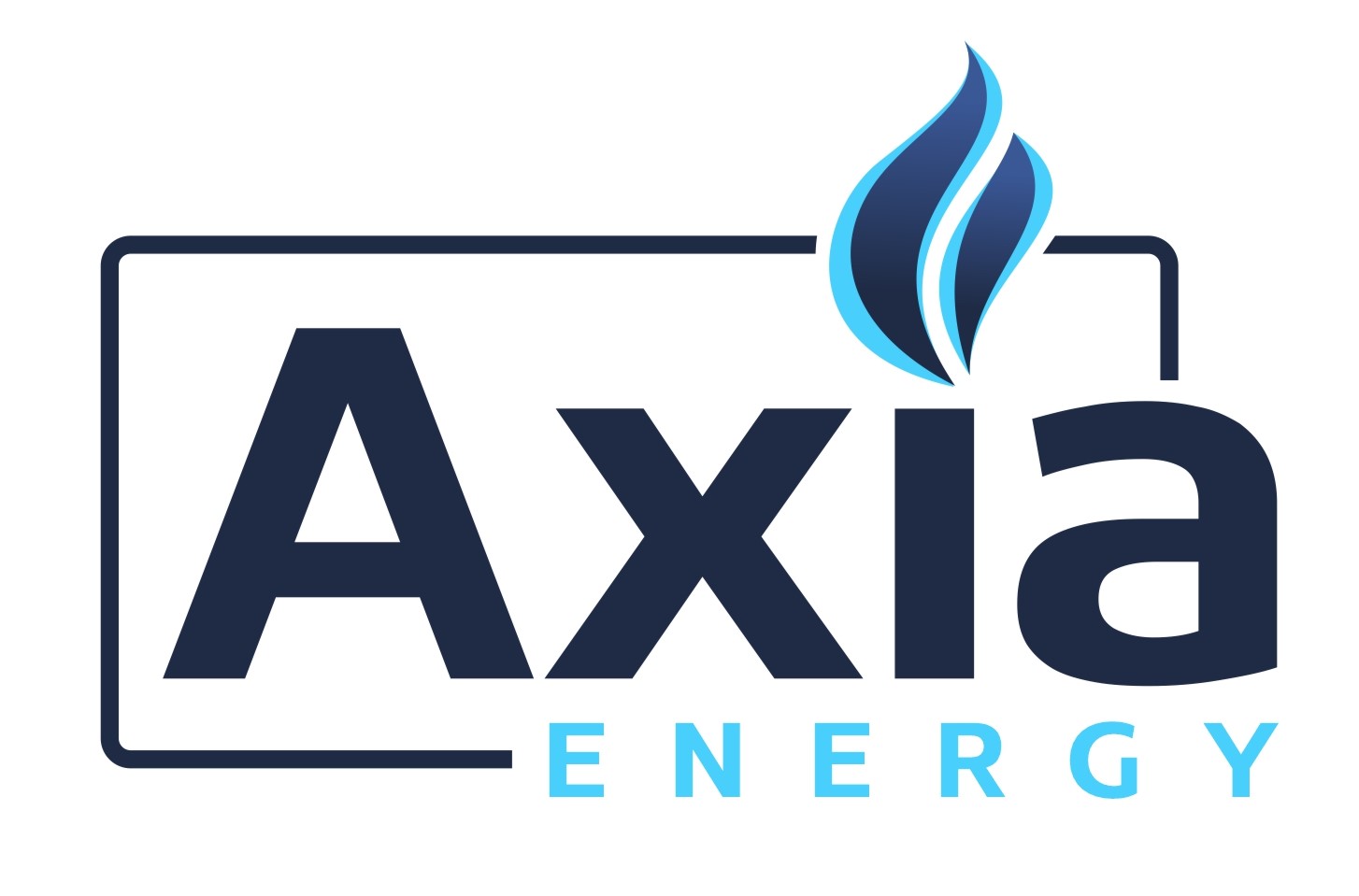Using AI for Early Detection of Pipeline Failures

In the high-pressure world of oil and gas operations, pipeline failures can lead to devastating consequences—environmental damage, operational downtime, safety hazards, and regulatory penalties. The key to avoiding these risks lies in detecting failures before they escalate. Traditional monitoring systems are reactive; Artificial Intelligence (AI), on the other hand, is paving the way for predictive and preventive pipeline management.
At AXIA, we help energy infrastructure operators integrate cutting-edge AI solutions to detect anomalies, forecast failures, and secure pipeline integrity like never before.
The Problem with Traditional Detection
Conventional pipeline monitoring systems rely on fixed thresholds and static rules. These systems can identify obvious issues, such as pressure drops or flow imbalances, but often miss subtle signs of early-stage failures. Moreover, they struggle to process the massive volumes of data generated by modern sensors and smart devices.
This is where AI comes in.
How AI Transforms Pipeline Failure Detection
AI excels at analysing large, complex datasets in real time, identifying patterns that human operators or traditional systems might overlook. When integrated with sensor networks, SCADA systems, and historical data archives, AI can:
1. Detect Anomalies with High Precision
AI models such as machine learning (ML) and deep learning algorithms are trained on historical pipeline behaviour. They learn the “normal” operational patterns and can instantly flag micro-anomalies that might signal corrosion, vibration issues, temperature fluctuations, or early-stage leaks.
For example, if a segment of pipeline consistently operates within a certain vibration range, and AI detects a subtle but consistent increase, it can alert operators before a structural failure occurs.
2. Predict Equipment Wear and Tear
Predictive maintenance is one of AI’s most powerful applications. By analysing historical failure data and comparing it with current operating conditions, AI can estimate when and where components are likely to fail.
This allows operators to schedule targeted maintenance, reducing unplanned shutdowns and extending asset life.
3. Reduce False Alarms
AI algorithms continuously refine themselves, learning from past false positives and negatives. Over time, this leads to smarter alerts, ensuring that operators are only notified when there’s a genuine concern, not every time there’s a slight variation in flow or temperature.
4. Enable Real-Time Decision Support
When integrated into the control room, AI can provide real-time recommendations during abnormal situations, such as suggesting an optimal shutdown sequence, identifying affected segments, or simulating the impact of different response strategies.
This speeds up decision-making and improves operational outcomes during emergencies.
Overcoming Implementation Challenges
Deploying AI isn’t plug-and-play. It requires clean, structured data, the right models, and integration with existing systems like SCADA, GIS, and IoT devices. At AXIA, we guide our clients through the full lifecycle—from data strategy and model development to deployment and scaling, ensuring AI delivers real business value.
Cybersecurity, data privacy, and operational continuity are also key considerations. That’s why our AI frameworks are designed with security-first architecture and redundancy protocols built in.
Conclusion
AI is redefining how we manage pipeline health—shifting from reactive maintenance to proactive intelligence. By enabling early detection of failures, it empowers pipeline operators to act before minor issues become major crises.
At AXIA, we’re not just implementing AI—we’re helping build a future where pipelines are safer, smarter, and more sustainable. The era of predictive operations is here. Are you ready?

